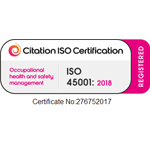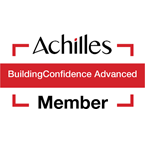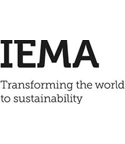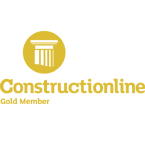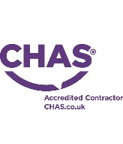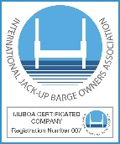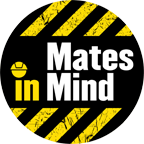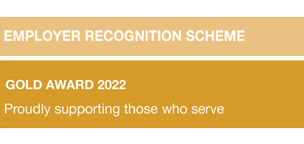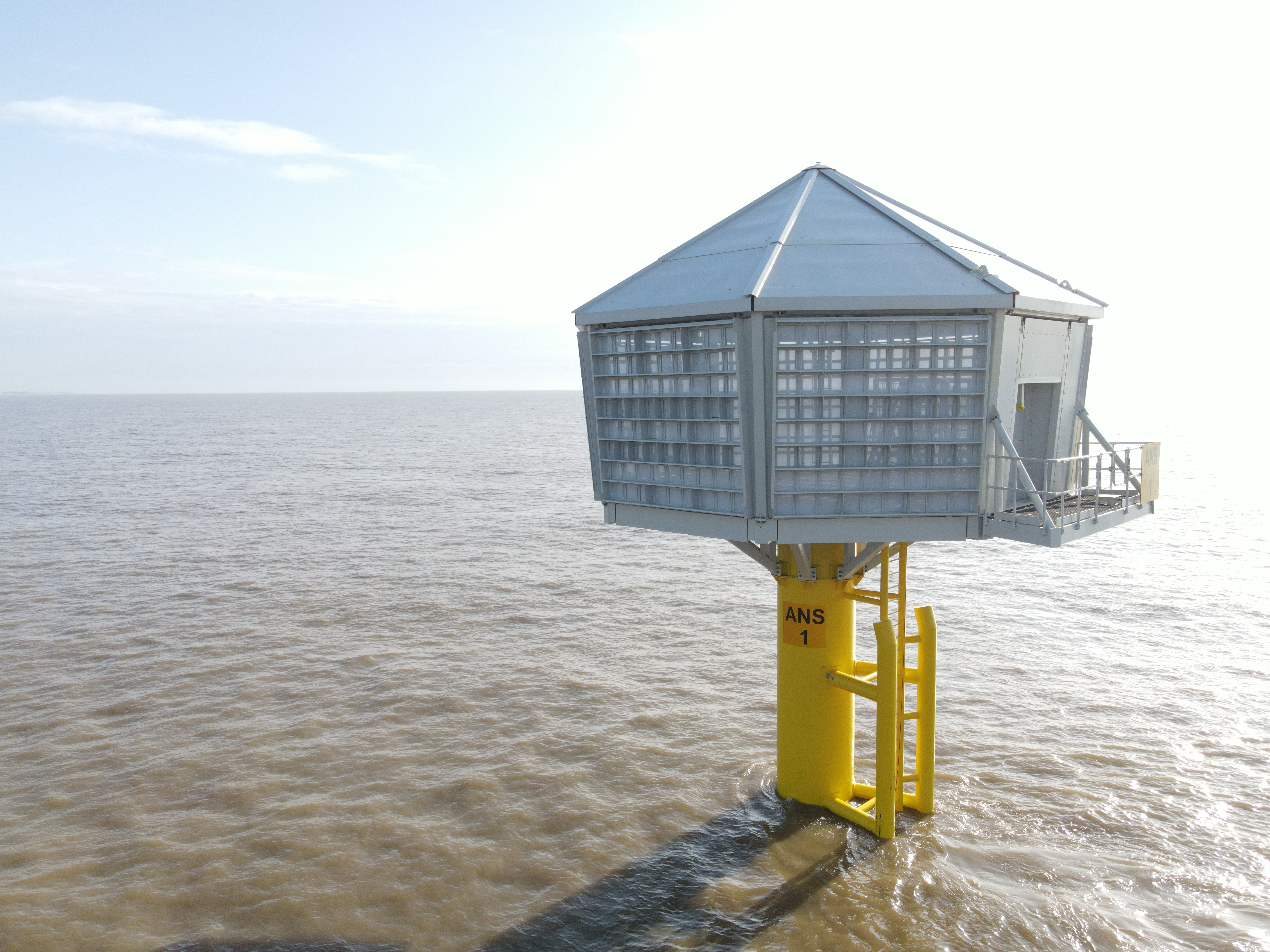
Red7Marine has recently completed the installation of three nearshore artificial nesting structures along the East Coast of England on behalf of Ørsted, the global leader in offshore wind. The structures are required as a part of the Development Consent Order for the Hornsea 3 Offshore Windfarm as an ecological compensation measure for a vulnerable seabird species– the Black-legged kittiwake (Rissa tridactyla).
Red7Marine has been involved with the project since August 2022 managing the fabrication and installation process, working with Ørsted and its designers. Two of the artificial nesting structures (ANS) are located approximately 1km from the shoreline of South Beach, Lowestoft, and the third is 1.4 km from the shoreline of the RSPB Minsmere Nature Reserve.
This nearshore artificial nesting structure project is the first of its kind. Each structure is purpose-built, bespoke, and specific to the landscape characteristics of each location. The structures also present an educational opportunity, allowing researchers to better understand kittiwake. The structures comprise of a monopile foundation and internal grouted jacket, each monopile weighs in excess of 30t and has an embedded depth below seabed of 30m. The upper pile sleeve is fitted with two vertical steel tubes for vessel berthing and the final component is the topside nesting structure.
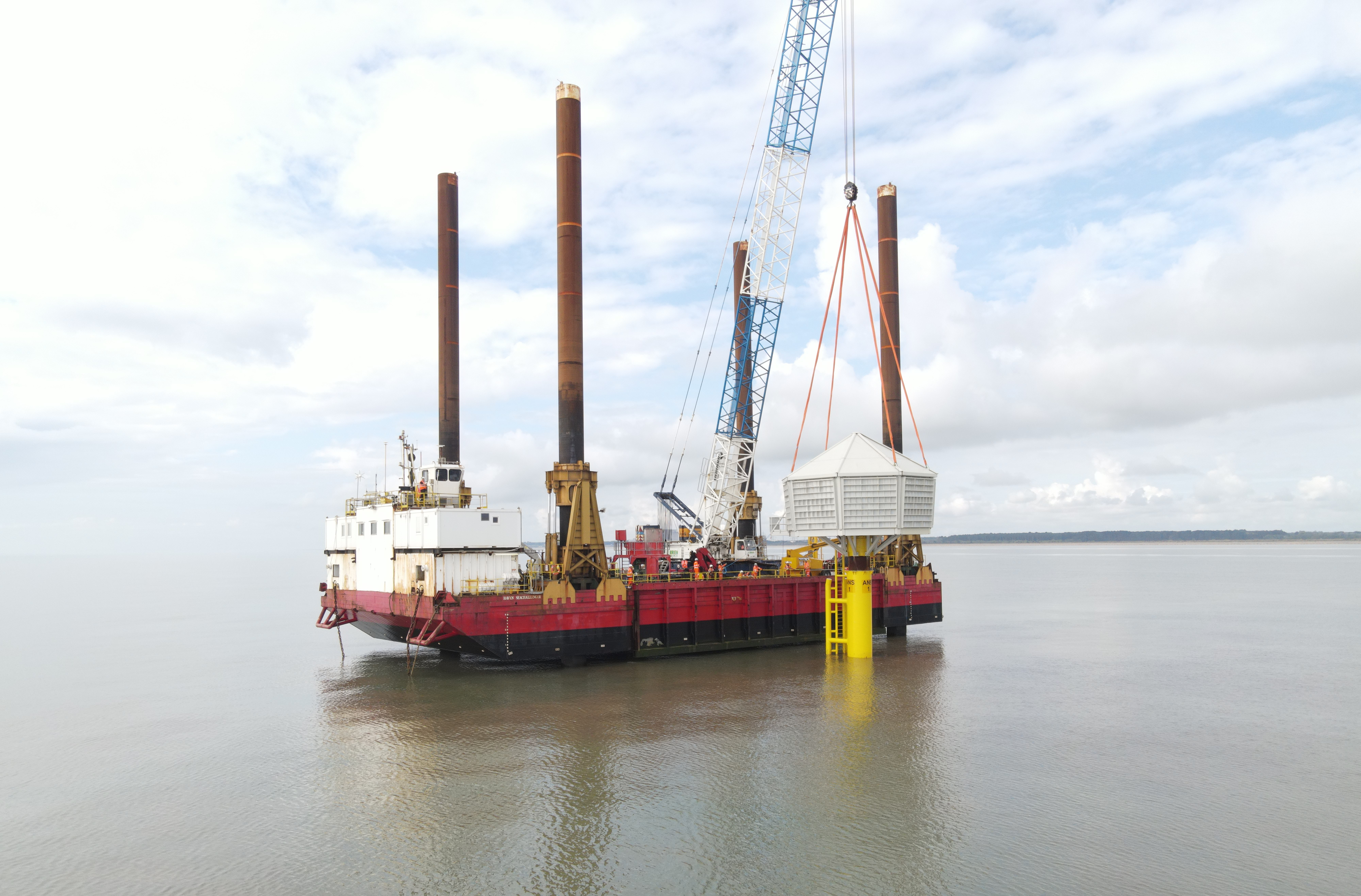
To construct each ANS we utilised two jack-up barges from our fleet, the Typhoon 3000 (a 3000T semi-submersible jack-up barge), which was successfully deployed commercially for the first time in this project by Red7Marine, and our 1,000t Haven SeaChallenger.
With a large deck space and capacity, each jack-up barge could transport at least two full structures out to the job site without resupply. All structural elements were delivered to the SLP Berth in the Port of Lowestoft where the structures were bolted together and assembled.
Using the jack-up barge and a modular stabilised barge, the piles, topside structures, and elements were loaded and sea-fastened before transiting out to site. To ensure the jack-up could work in close proximity to each ANS, the barge and supporting tug were equipped with Fugro’s GPS and surveying equipment which provided real time positioning information to the Master of the vessels. Red7Marine’s personnel accessed the jack-up barge via a crew transfer vessel out of the Port of Lowestoft.
The construction sequence involved lifting the monopile from the jack-up barge, pitching it through a bespoke piling gate and using a vibratory hammer to install the pile to tolerance. A self-driving percussion hammer was then used and fitted to the pile head, and the pile was driven to the required toe level. Following this, the topside jackets were grouted into position and the topside structures lifted and bolted onto structure. Navigation lights and systems were also installed. Each structure has approximately 500 nesting spaces.
The artificial nesting structures were designed by a team of ecologists, architects, and engineers to ensure they are attractive to kittiwake and fit in with the landscape. For example, they have narrow ledges and vertical sides to replicate the cliffs where kittiwake would naturally nest. There are eight sides to give kittiwake different options in case one side is too sunny or too windy. The main structure is off-white to blend in with the sky and sea.

Seven of the eight vertical side walls are fitted with nesting compartments, barn doors have been included on the remaining side of the structure for emergency access. The yellow base and the light at the top are essential for safe navigation and have been requested by the local port authority, Trinity House and the Maritime and Coastguard Agency, alongside other safety measures.
The nesting structures will be monitored every year to count the number of birds, occupied nests, and their productivity. In addition, monitoring systems are in place for the existing kittiwake colonies in Northeast England and East Suffolk and the results will all be shared with local groups such as the Lowestoft Kittiwake Partnership.
Kristen Branford, Managing Director at Red7Marine comments: “We are delighted to announce the successful completion of ‘Project RISSA’ involving the installation of three artificial nesting structures.
These structures will play a crucial role in supporting an important and vulnerable species, whilst enabling the generation of clean, green electricity for the Hornsea 3 project. This project is the first of its kind and required meticulous planning and consideration, and we are proud to have achieved this significant milestone.
Our success in delivering this project was greatly attributed to effective supply chain management. With multiple interfaces involved, we recognised the importance of coordination and collaboration to meet project timelines.
Red7Marine remains committed to pushing boundaries and finding innovative solutions that harmonise renewable energy generation. It was great to work alongside Ørsted on this project and we look forward to continuing work together in the future.”



